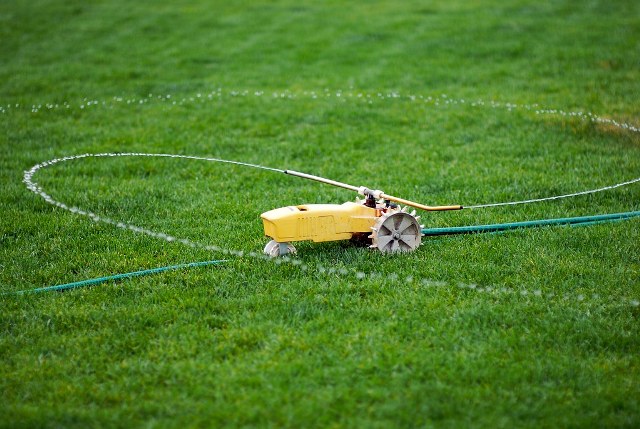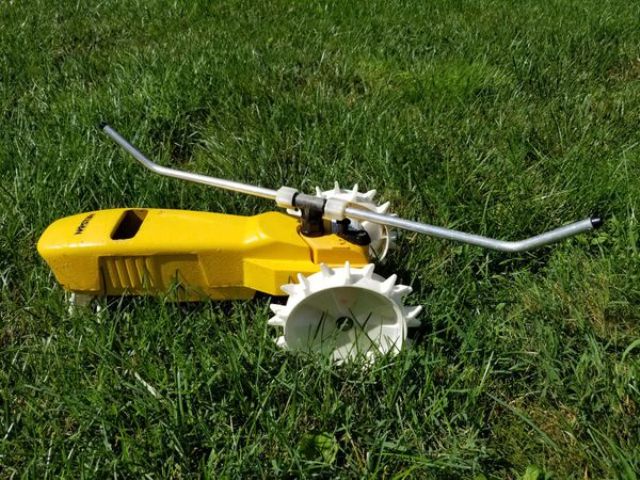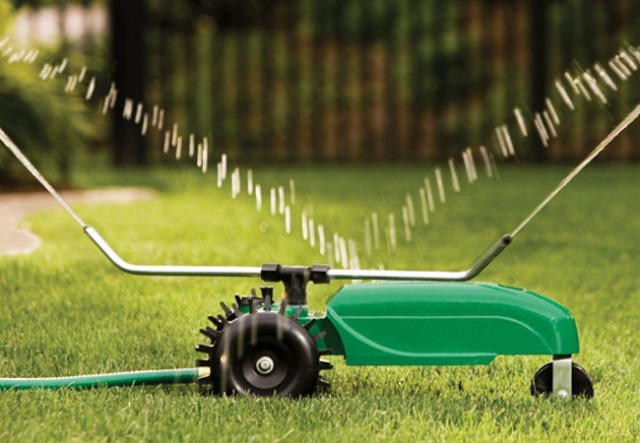In this article, we are writing about the working bodies of tractor sprinklers.
1. Purpose and classification
The working bodies of the tractor sprinkler devices are designed to convert the water flow into raindrops, transport drops to specific distances, and distribute them over the irrigation area. Their work determines the quality of the rain since their work judges the quality of the work of the whole machine or installation.
According to the nature of the process of rain formation, they are divided into two groups: fan and jet. The former creates a wide, fan-shaped stream of water in the form of a thin film, which, meeting air resistance, breaks up into individual drops. They are stationary relative to the machine or installation and at the same time irrigate the entire area adjacent to the position within the flight range of the droplets, are simple in design, and are called sprinklers. The second creates a stream of water in the form of axisymmetric jets, which during the movement under the influence of air resistance break up into separate drops. To irrigate the area of the circle, they are informed of rotational (angular) movement relative to the machine or installation.

All working bodies, i.e., irrigation nozzles and apparatuses, are mainly divided according to spraying distance and water pressure into three groups:
- short-jet, or low-pressure (range of droplets up to 8 m, water pressure 0, 05 … 0, 15 MPa);
- medium-jet, or medium-pressure (range of droplets up to 35 m, water pressure 0, 15 … 0, 5 MPa);
- long-range, or high-pressure (range of flight of drops up to 60 m, water pressure above 0.5 MPa).
2. Short-bladed working bodies
There are performed, as a rule, in the form of sprinkler nozzles. Deflector, half, slotted and centrifugal spray nozzles are used.
Deflector nozzles (Fig. 1, a) are the most widespread. The housing 2 nozzles are screwed onto a vertical riser. A jet of water, leaving under pressure from the aperture, flows around the deflector 1, as a result of which it forms a funnel-shaped film, which, with further movement, breaks up into droplets and irrigates the circular area adjacent to the nozzle.
The film leaves the deflector at an angle of 30 ° to the horizon, which ensures the maximum range of the drops formed from it. The advantages of deflector nozzles include a relatively small droplet size (0, 9 … 1, 1, mm) and small energy consumption for their formation. However, the droplets are heterogeneous in magnitude, the intensity of their distribution over the irrigation area is also uneven.
3. Medium jet sprinklers serve

as the working bodies of most modern irrigation machines and plants. Despite the multi-brand, their designs are the same and do not have fundamental differences.
4. Long-range sprinklers
These sprinklers are of different brands and differ mainly in the design of rotation mechanisms. In some designs for the rotation of long-range sprinkler devices (DDA), they use mechanical energy from the tractor PTO, the kinetic energy of the jet, rarefaction of air at the exit of the jet from the nozzle, and jet reactive force.






